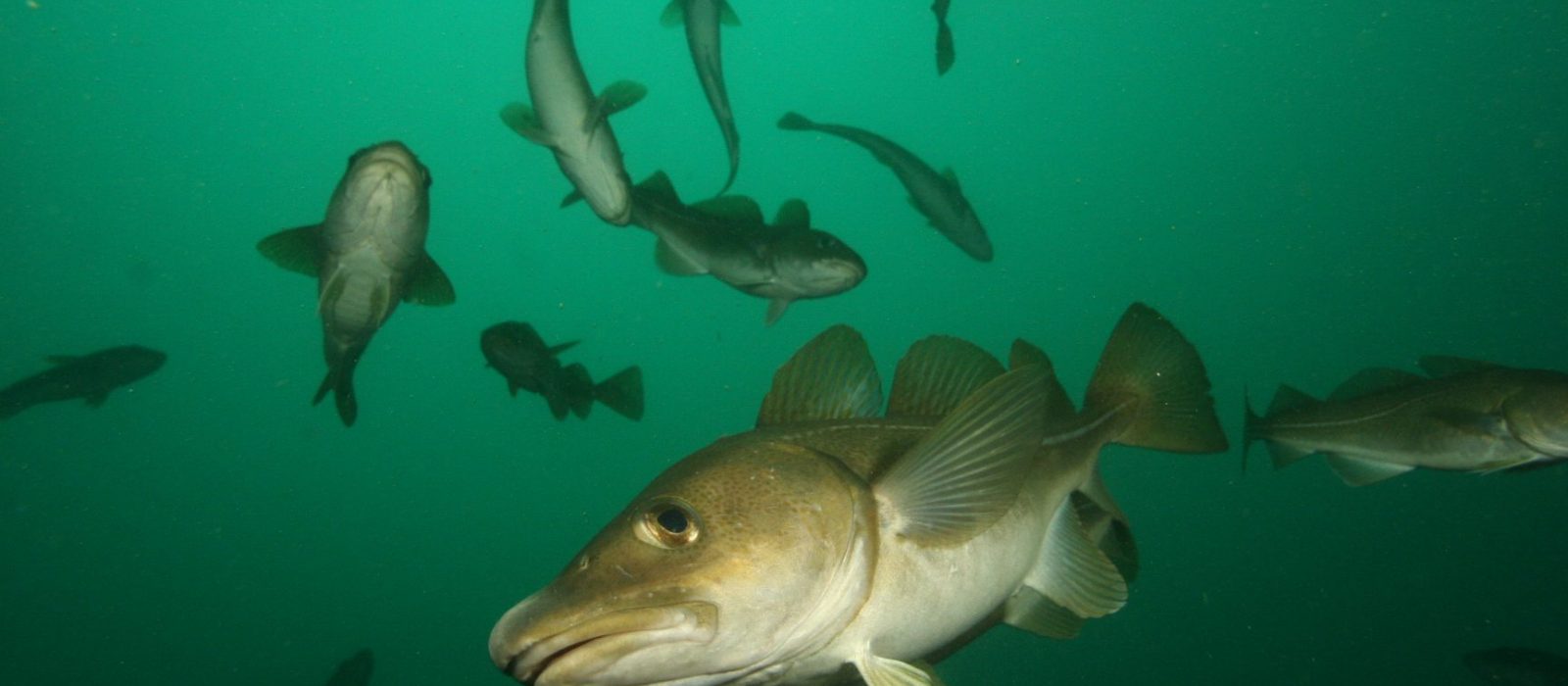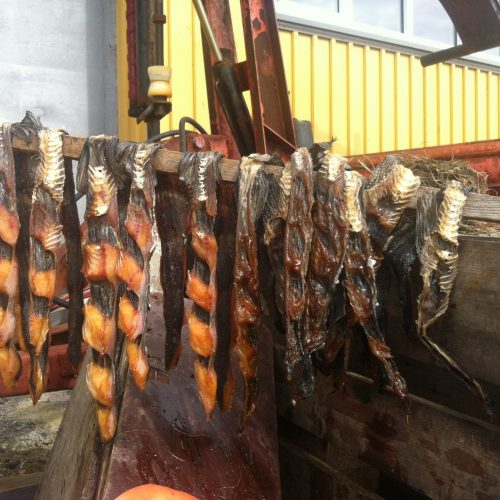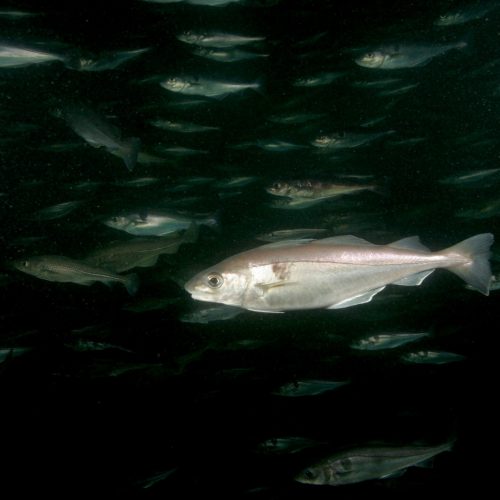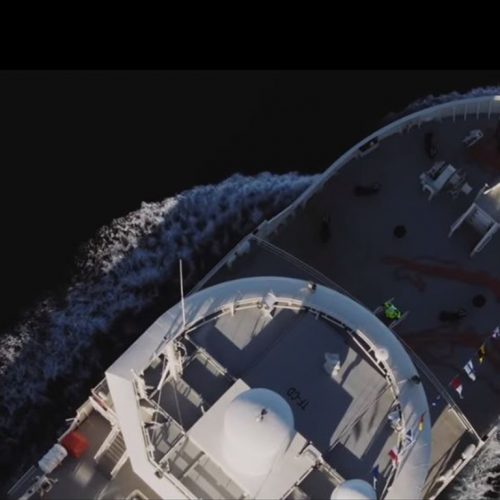Fish

Some might say that fish consumption in Iceland is limited to just a few species, despite the great variety of fish and seafood exports. For a long time, the most popular seafood was simply boiled haddock served with potatoes. This, however, has changed in recent times. The selection of fish stores has increased exponentially in just a few years and some of them have become true gourmet temples. The sea around the island is a great source of seafood. Our lakes and rivers are also brimming with trout and salmon and aquaculture is expanding in Iceland.
Fish is a great option for those looking for fast food, as it can be prepared quickly. Expertly cooked fish is fit for any feast and many restaurants make the most of this fact. Fish is rich in protein and trace elements such as iodine and selenium. Fatty fish is full of vitamin D and omega 3 fatty acids. Considering our status as a fishing nation, it can be surprisingly difficult for domestic and foreign travelers to buy fresh fish in many places around the country. This is an opportunity waiting to be solved.
Fishing and the Cod Wars
Fishing began as soon as people settled on the island. The fisheries around Iceland are among the most plentiful in the North Atlantic Ocean. The catch quickly became an important trade commodity, demanding a good price. It was common for foreign ships to fish around Iceland, and the time came for our nation to expand and protect our exclusive fishery zone. The only “wars” Iceland has been involved in are the Cod Wars of the 20th century. As Iceland gradually expanded its fishery zone Britain dispatched warships to protect British fishing ships. All these “wars” ended with an Icelandic victory.
The farmlands along the coast came with fishing rights and other benefits such as the right to hunt seabirds and gather eggs. As the value of these commodities rose, so did the price of these lands. At the time, fishing supplemented other farming activities and took place in the wintertime. The fish was dried and processed into “skreið,” except for the part of the catch that was consumed right away.
Well into the 20th century, children and teenagers were sent to the shores to collect cod that had beached itself hunting capelin. People mostly lived on half-dried fish or fresh fish whenever it was available. Roe cakes, made from roes, grains and whey were well known across the country.
Dried fish and skreið
Air-drying is the oldest method of preserving food. The process of drying fish has probably taken place in Iceland since the settlement, with export starting in the 13th century. Skreið, or dried fish, became Iceland’s main export and remains to this day. Skreið is most often made from split cod that is hung in sheds made explicitly for that purpose. The fresh air from the sea dries the fish until it becomes hard. This way, it can be stored for a long time without spoiling. In recent years, geothermal heat has successfully been used to dry fish.
Throughout the centuries the most popular type of skreið in Iceland has been “harðfiskur”. Harðfiskur replaced bread to some extent and was served with most types of meals. Harðfiskur is usually haddock or catfish that has been dried and beaten until it can be separated from the fish skin and eaten with butter. Dried European plaice often replaced harðfiskur. That tradition has been revived and dried plaice can be purchased in attractive packaging in many tourist spots around the country.
Salted Cod
In Iceland we produce delicious salted cod that is known around the globe. For the past 200 years it has been one of our most important seafood exports. From the 16th century, salted cod had been produced for export by foreign merchants. At the time, Iceland was under Danish rule and the Danish-Iceland trade monopoly strengthened both the king’s rule and the influence of Danish merchants. The trade monopoly began in 1602 and last until 1787. As soon as the monopoly was abolished it became easier for Icelanders to buy salt and other essentials. Salt had been a rarity in the country as there was no fuel available for producing it. Only a few salt crystals could be found on sea-side rocks after warm summer days, an almost insignificant amount by today’s standards. From 1800 Icelanders could finally produce salted cod on their own and export it for their own profit and livelihood.
Before salted cod is cooked, it needs to be rinsed. In the past, the salted cod was placed in small streams for a day, boiled at night and then served with fresh potatoes and newly baked rye bread with butter.


